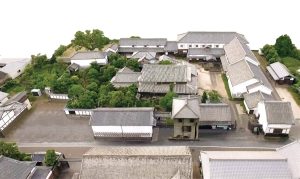Ishibashi Cultural Center
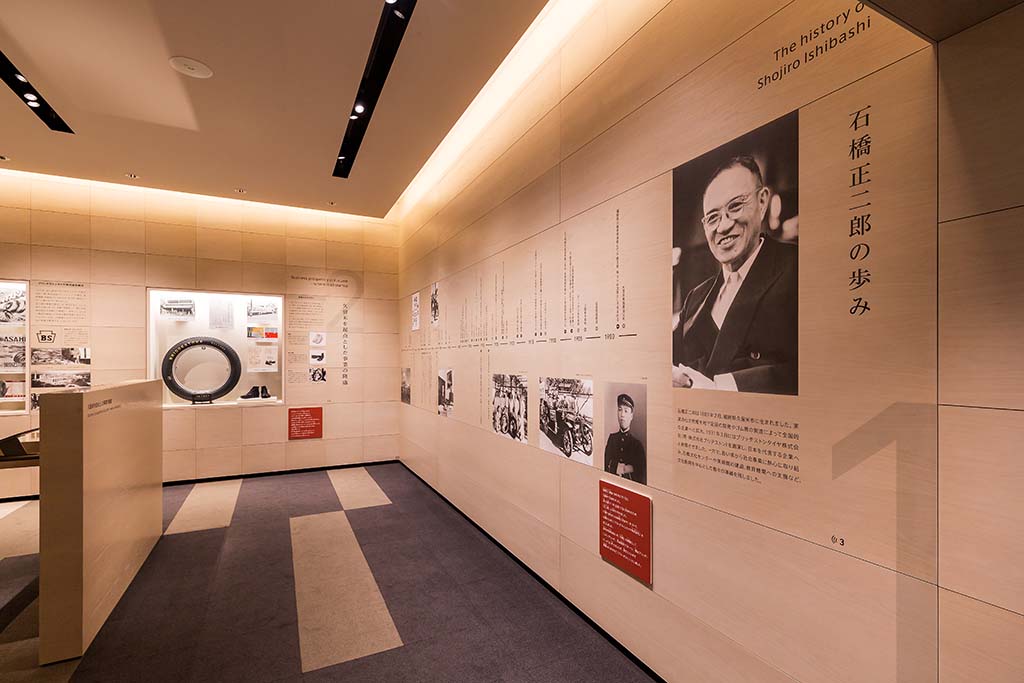
Kurume, a city of rubber industry, is the location of the headquarters of a nationally recognized manufacturer and the place where the company was founded.
The first of these, Bridgestone, a world-class tire manufacturer, was also born in this city.
Let's take a closer look at the footsteps of the founder through the cultural facilities that he gave to Kurume as a gift.
Bridgestone founder's cultural bloom in his hometown
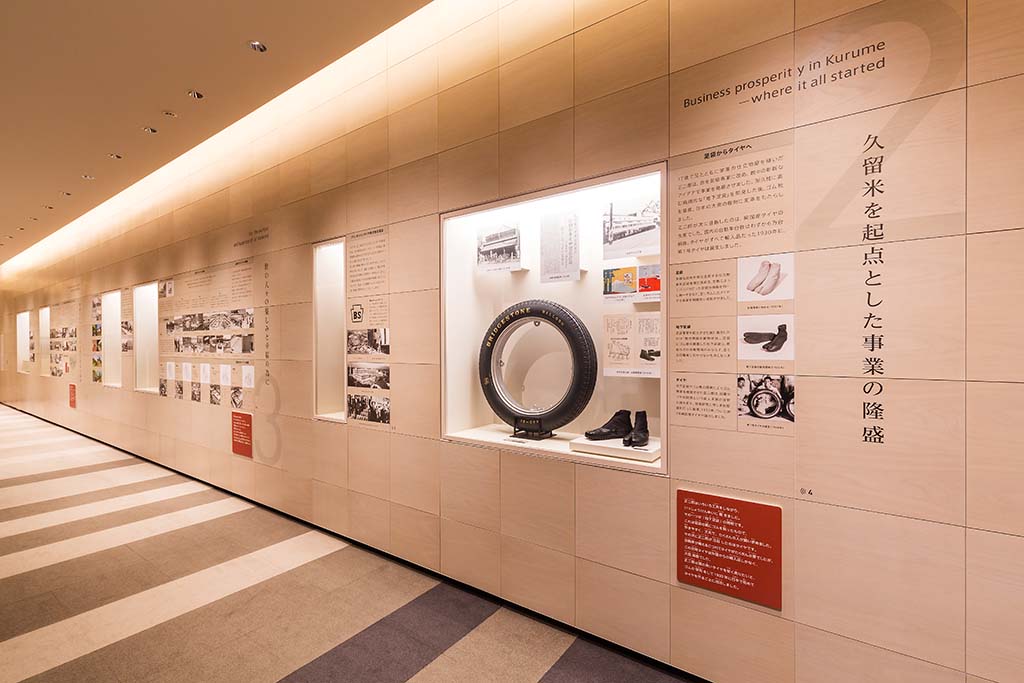
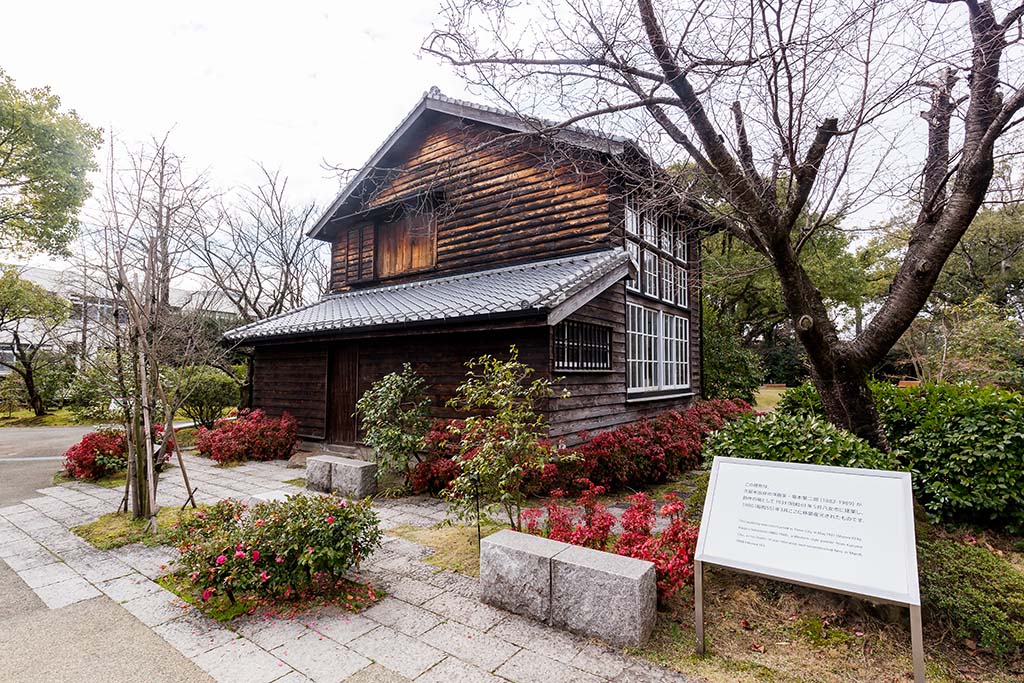
Bridgestone was the first Japanese company to develop domestically produced automobile tires and is now renowned as one of the world's top tire manufacturers. The founder, Shojiro Ishibashi, founded Nippon Tabi Shoes (now Asahi Shoes) with his brother in 1918 in Kurume, where he was born and raised. After achieving success in the manufacture of Tabi Shoes and rubber shoes, he overcame many hardships and achieved the domestic production of automobile tires in 1930, also in Kurume. It is a well-known story that the company name is derived from the English version of the family name Ishibashi (Stone, Bridges), which was then turned upside down.
The Ishibashi Cultural Center, with the Kurume City Museum of Art at its core, was built by Shojiro in 1956 and donated to Kurume City. The center was built by Shojiro, who was concerned about his hometown, which had been devastated after the war, and he wanted to create a place where people could experience art, music, and healthy sports. After a period when there was a competition swimming pool, tennis courts, and an amusement park, the museum is now a cultural center with a library and music hall in addition to the art museum, and has been popular with the citizens for many years.
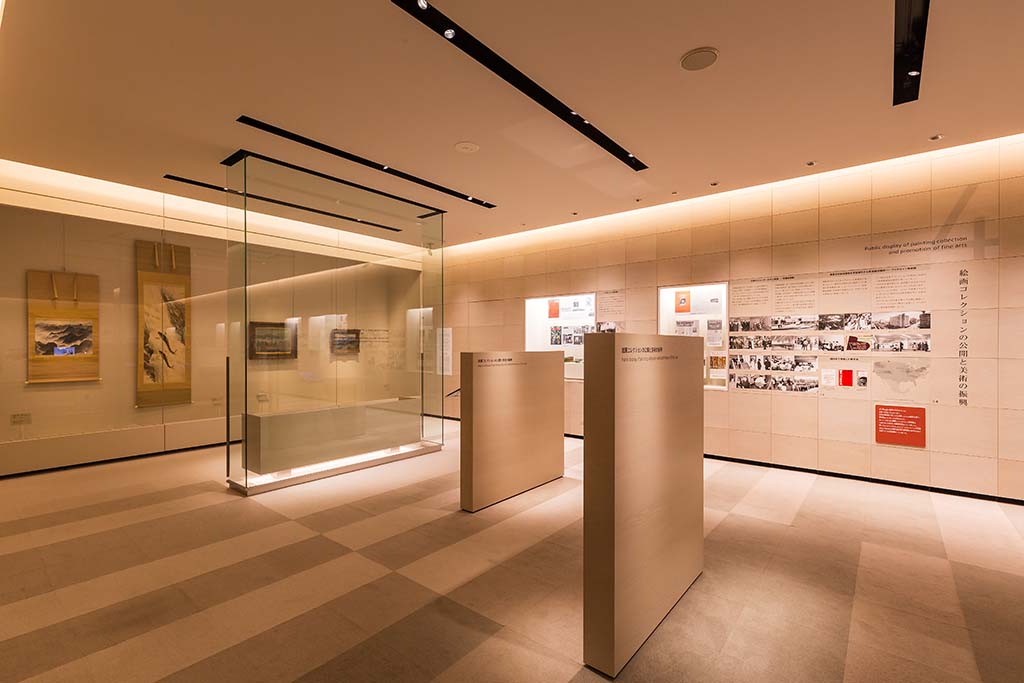

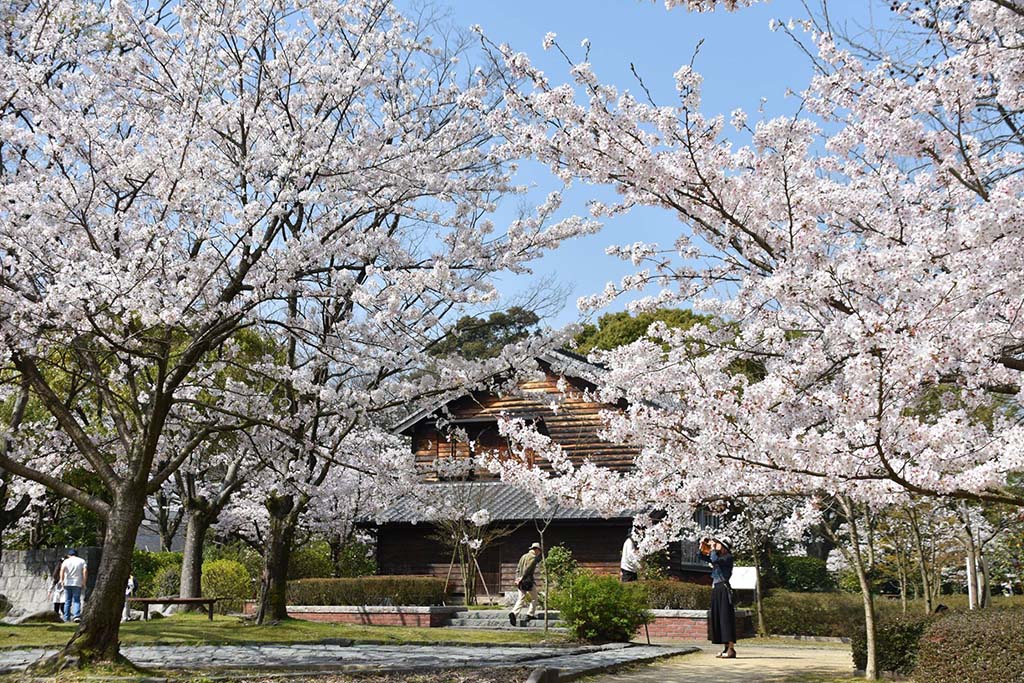
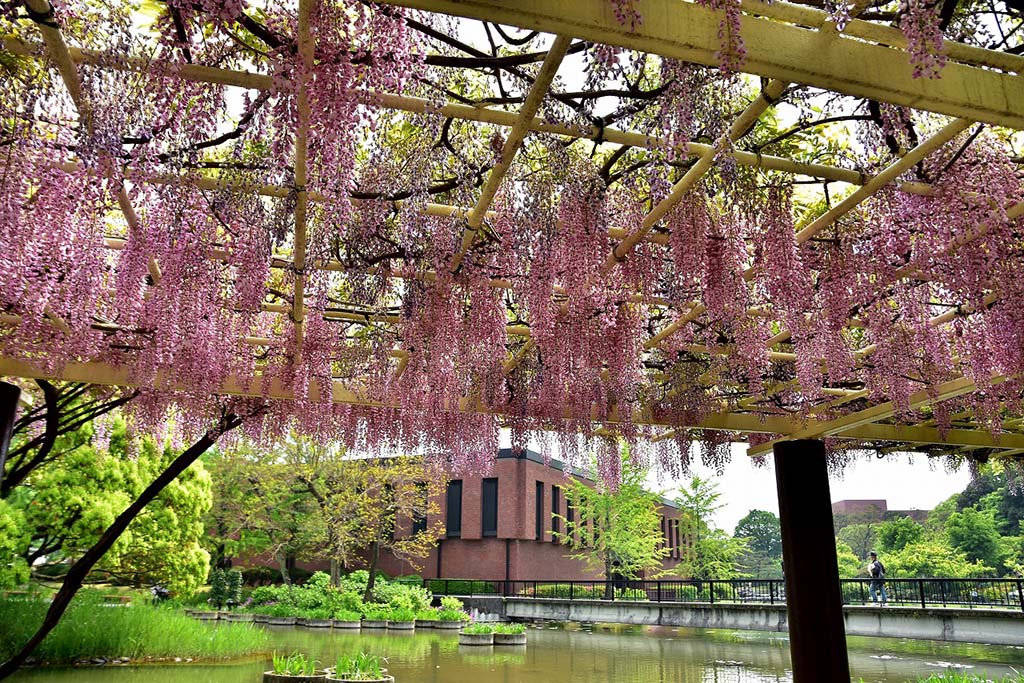
Shojiro, who was highly interested in art from a young age, was also an avid collector of paintings, most notably the works of Shigeru Aoki, a painter from Kurume City. The Shojiro Ishibashi Memorial Museum of Art exhibits a small portion of the Ishibashi Foundation's collection, which is changed on a regular basis.
The impetus for collecting the paintings came from Shigejiro Sakamoto, a painter also from Kurume City. Sakamoto was a student of Shojiro when Sakamoto was a substitute teacher in Kurume, and after Aoki's death, Sakamoto, who was a close friend of Aoki's, asked Shojiro to purchase his works and establish an art museum to prevent them from being lost. The drama of how their encounter in Kurume led to the formation of one of Japan's leading collections of paintings is deeply moving. Shigejiro Sakamoto's studio in Yame City has also been relocated and preserved on the grounds of the Cultural Center.
Shojiro Ishibashi, one of Japan's leading industrialists, made cultural activities his life's work. One aspect of these activities is flourishing here, where flowers bloom from season to season.
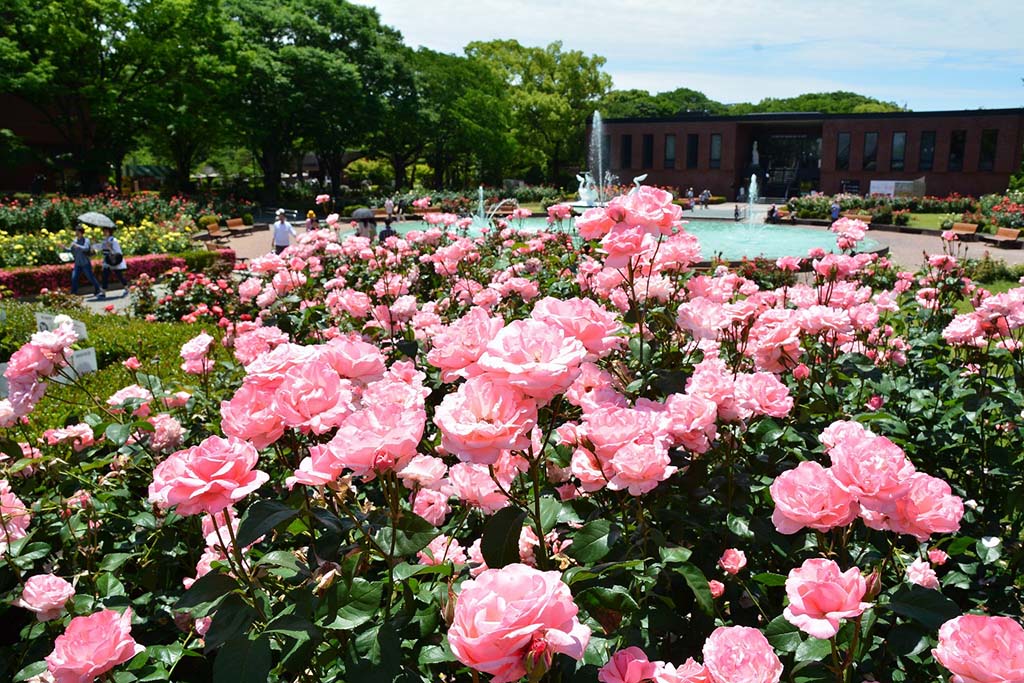
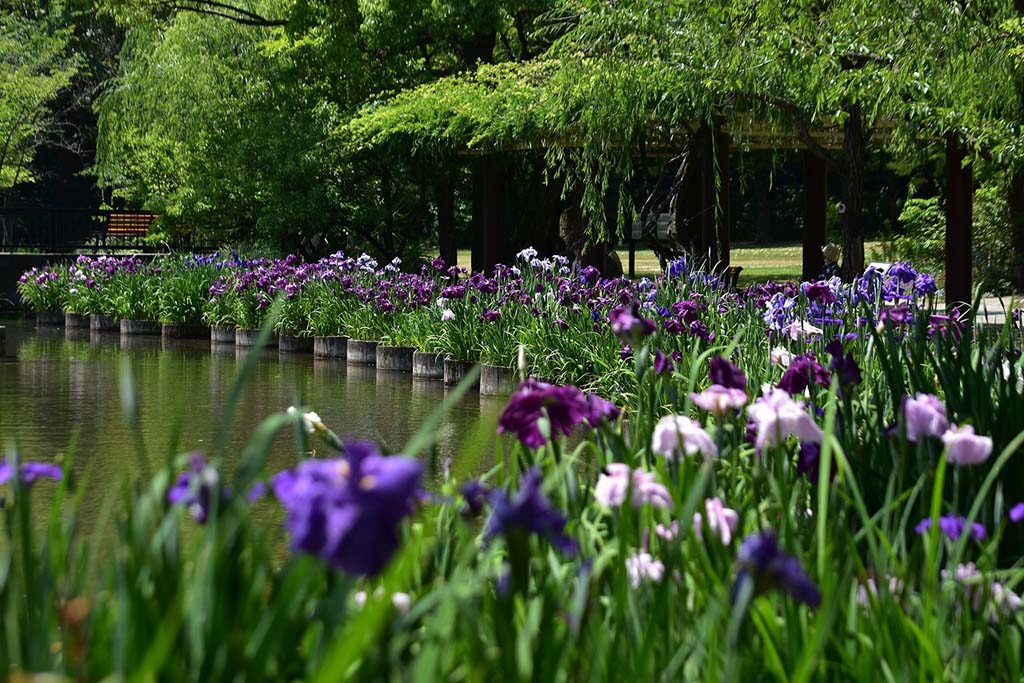
Ishibashi Cultural Center
| name | 1015 Nakamachi, Kurume-shi, Fukuoka ☎0942-33-2271 |
|---|---|
| Charge | free |
| Business Hours | 9:00-17:00 (extended to 19:00 from May to September) |
| regular closing day | Open all year round in the park |
| supplementary information | Related URL:. https://www.ishibashi-bunka.jp/ |
Kurume City Museum of Art, Shojiro Ishibashi Memorial Museum
| name | 1015 Nakamachi, Kurume-shi, Fukuoka ☎0942-39-1131 |
|---|---|
| Charge | Adults, seniors, college students charged, high school students and younger free |
| Business Hours | 9:00-17:00 (admission until 16:30) |
| regular closing day | Mondays (open if Monday is a national holiday), year-end and New Year holidays, closed for exhibition changes |
| supplementary information | Fees are set per exhibition; 300 yen for university students and older for the Memorial Hall. |



